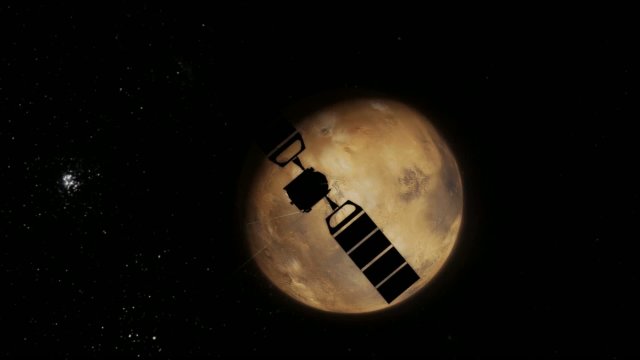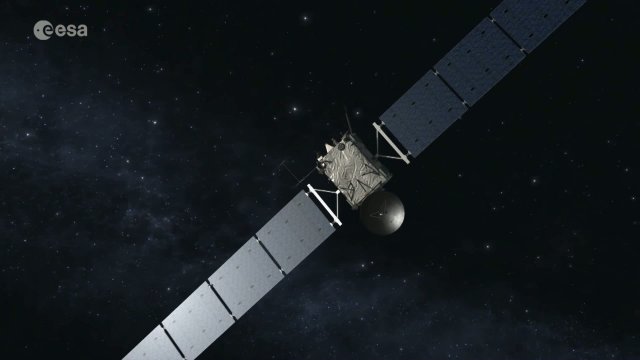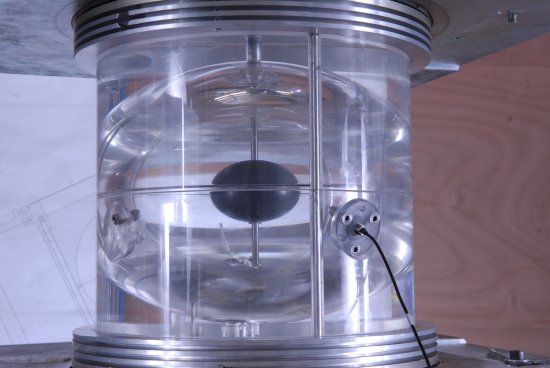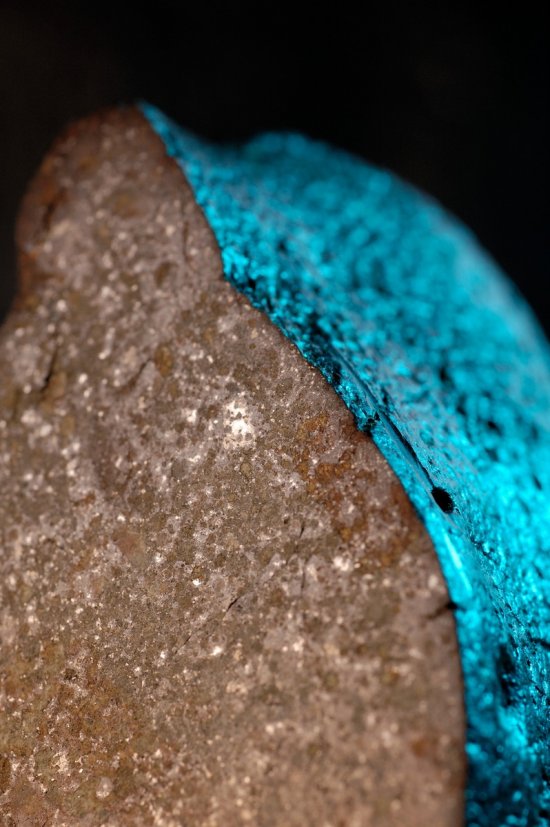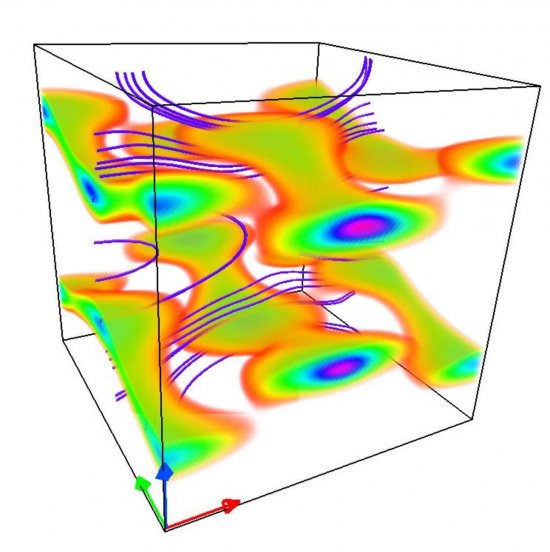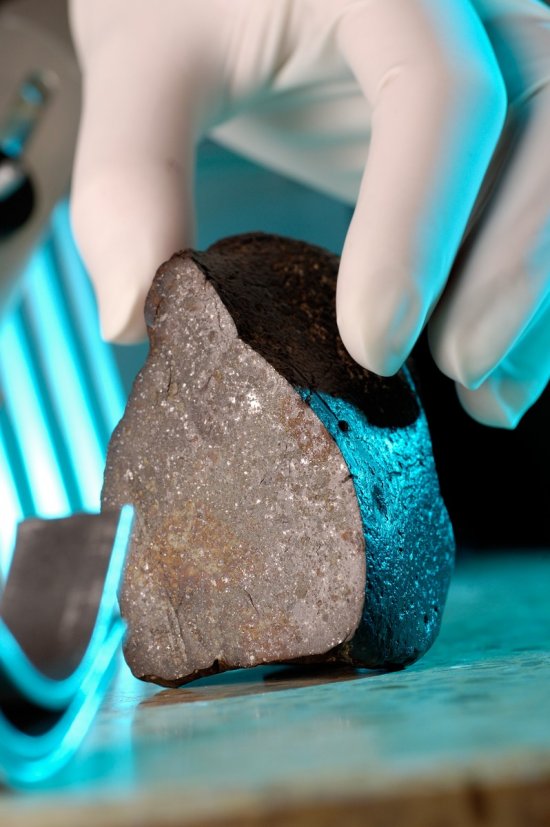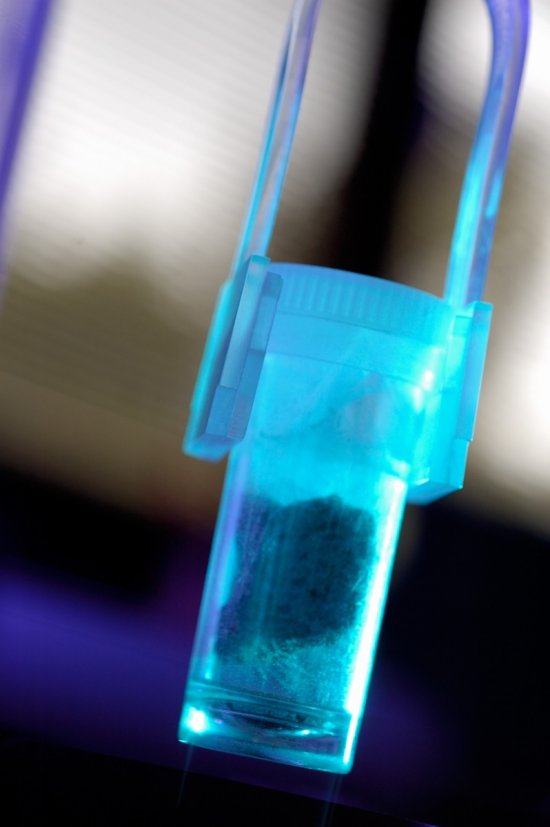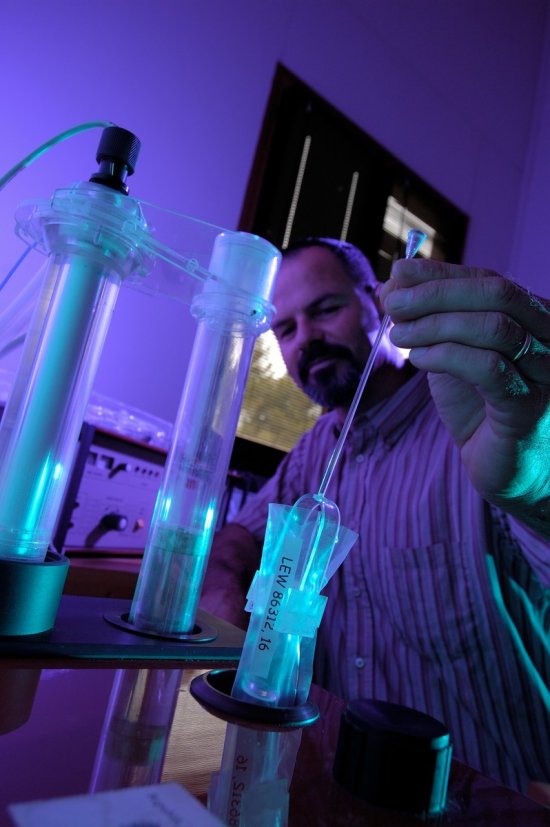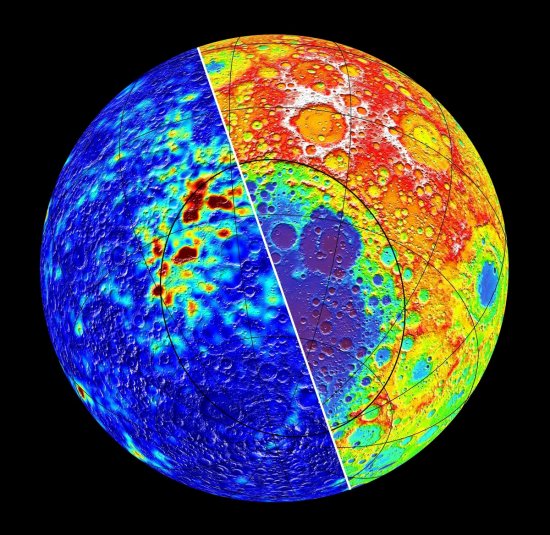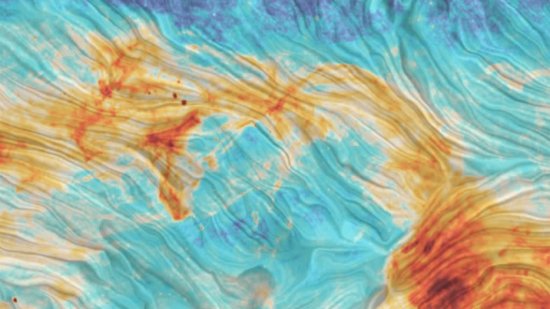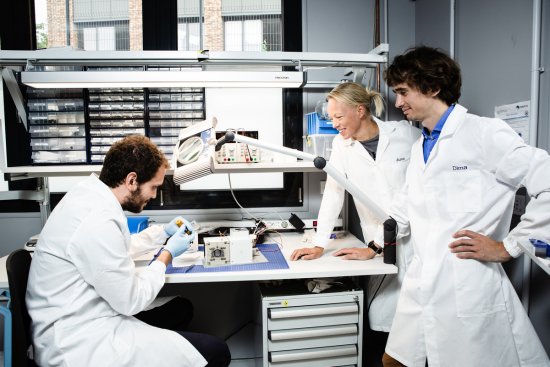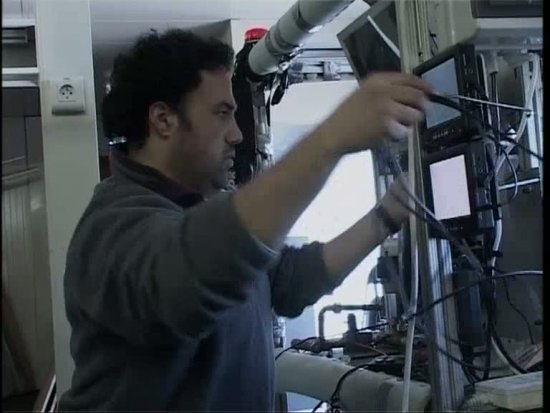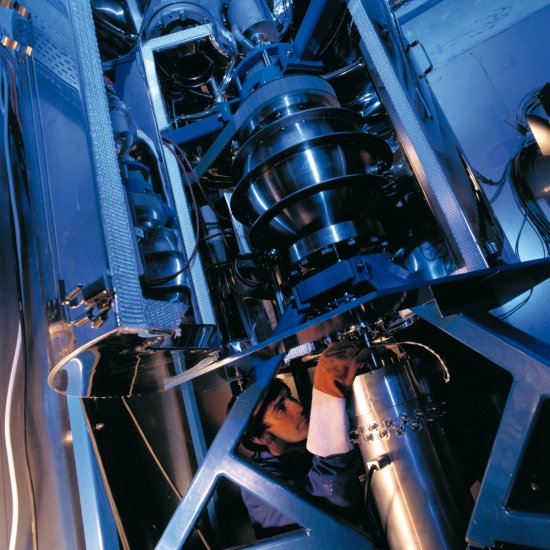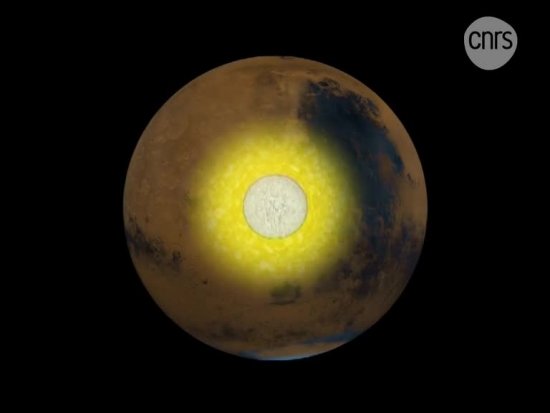Only available for non-commercial distribution
© CNRS - 2019
Reference
6763
BepiColombo Mission
Series title
Facing the Universe, a Dive into Space ResearchIn 2000, the European and Japanese space agencies decided to jointly develop the BepiColombo mission. This mission involves two orbiters. The European-designed MPO will study the surface, interior and lower atmosphere of Mercury. The Japanese MMO orbiter's main objective will be to study the planet's magnetic field.
They will cruise together, propelled by a third module MTM until they are put into orbit around Mercury.
However, sending out such a mission involves major technical challenges. Being so close to the Sun will expose the probe and its instruments to a very high level of radiation and temperatures ranging from -180°C on the night side to +450°C on the day side. These extreme conditions will require the implementation of new instrumentation concepts, such as PHEBUS (ultra-violet spectrometer) or SIMBIO-SYS.
After 18 years of development, the probe was launched towards Mercury on October 18, 2018. It will not reach its destination until 2025.
Duration
Production year
Définition
Color
Sound
Version(s)
Original material
The use of media visible on the CNRS Images Platform can be granted on request. Any reproduction or representation is forbidden without prior authorization from CNRS Images (except for resources under Creative Commons license).
No modification of an image may be made without the prior consent of CNRS Images.
No use of an image for advertising purposes or distribution to a third party may be made without the prior agreement of CNRS Images.
For more information, please consult our general conditions
Transcription
